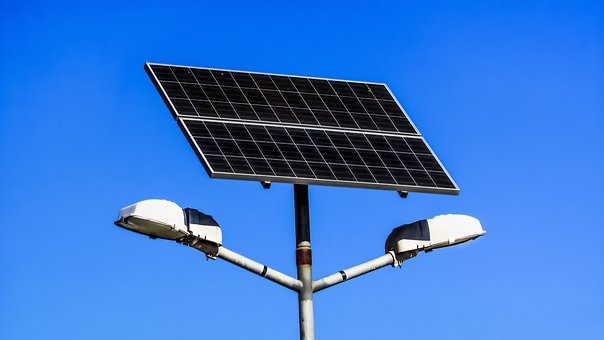Solar LED lighting has become an increasingly popular choice for outdoor lighting in recent years. It is eco-friendly, cost-effective, and requires little maintenance.
However, before installing a solar LED lighting system, it is crucial to understand the infrastructure that you need.
Infrastructure Requirements for Solar Energy LED Lighting
The infrastructure required for solar LED lighting includes:
Let’s delve into the equipment and infrastructure needed for solar LED lighting systems:
Solar Panels
Solar panels are essential components of a solar LED lighting system as they help convert solar energy into electric energy. The panels consist of photovoltaic cells, which are arranged in a module.
Make sure to install solar panels in such a way that they can absorb the maximum sunlight. Be careful that trees or other things should not block the solar panels as it can create an electricity shortage.
The Battery
The electricity generated by solar panels during the daytime is stored in a battery, which provides power to the Led light at night. Generally, Deep cycle batteries and Lead acid batteries are mainly used.
Factors, including lighting requirements, weather conditions, and the location of the Solar LED lighting system, will help you decide the size of the battery.
Location
Location and application are the deciding factors for installing solar LED lighting systems. For instance, installing solar LED lighting in a remote area with less sunlight might require a larger solar panel and a battery system.
However, if you install solar lighting in an area with sufficient sunlight, then a smaller battery and solar panel might work well.
A Charge Controller
Being a vital part of the solar street light, the charge controller stores the converted electricity in the battery and helps prevent undercharging or overcharging. Accurate charging helps increase the life of the battery.
The controller makes the system work accurately since it connects lamps, batteries, and solar panels in a proper series. Another function of the controller is to turn the lights on and off automatically.
Conclusion
In conclusion, solar LED lighting offers many benefits, including eco-friendliness, cost-effectiveness, and low maintenance. By understanding the infrastructure requirements, you can ensure that your solar LED lighting system is efficient and effective.


